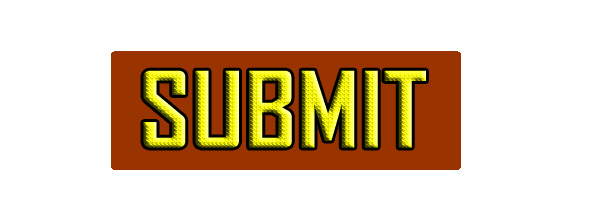The Use of Learning Media and its Effect on Improving the Quality of Student Learning Outcomes
DOI:
https://doi.org/10.52121/ijessm.v3i2.148Keywords:
Media, Education, Learning, Learning OutcomesAbstract
The purpose of this paper is to discuss strategies for using media in education to enhance learning. This type of research is a literature review research, which uses the opinions of various experts in this study and analyzes various theories about teaching media and their impact on learning outcomes. The definition of educational media is anything that can channel and convey messages from sources such as people, materials, equipment or activities to create conditions for recipients (students) to successfully complete the learning process. Principles of teaching: 1) The method used by the teacher must be appropriate and oriented towards achieving learning objectives. 2) The media used must be relevant to the subject matter. 3) Teaching tools must be in accordance with the interests, perseverance, and circumstances of students. 4) The media used must focus on effectiveness and efficiency. 5) The support used must be in accordance with the work ability of the teacher. Teaching is more effective because teaching tools make it easier for students to understand and deepen the material presented to them and create coherent understanding that maximizes achievement and improves student outcomes and skills.
Downloads
Published
How to Cite
Issue
Section
License
Copyright (c) 2023 International Journal Of Education, Social Studies, And Management (IJESSM)

This work is licensed under a Creative Commons Attribution 4.0 International License.

















